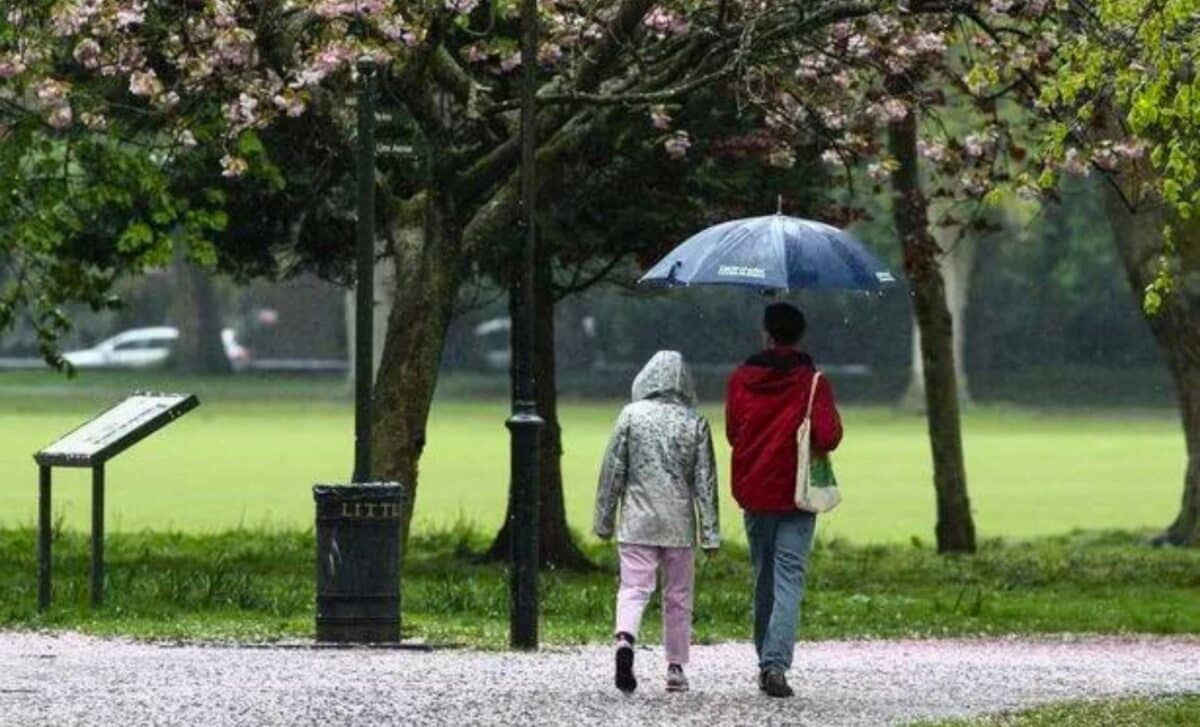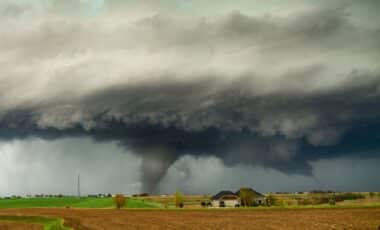The UK remains stuck in a moisture-laden weather pattern, with persistent rainfall. However, the Easter weekend is showing some signs of easing, with a mixture of sunny spells and scattered showers. Still, the weather situation is far from stabilised, and next week is likely to see further precipitation.
Unchanging Weather Patterns
Weather has been largely stagnant since March last year. Apart from a fleeting dry spell in late spring and early summer 2023, conditions have been dominated by recurring high pressure systems near Greenland and a southward moving jet stream, often directly over the UK.
Typically linked with northerly and north-easterly winds, this pattern has resulted in generally mild and humid conditions due to the strength of the jet stream and low pressure systems over and to the west of Great Britain.
Easter Weekend Forecast
- Today
On the first day of the Easter weekend, the weather remained relatively calm, with the low-pressure system from Storm Nelson losing its intensity. Most parts of the country are set to experience a bright day, interspersed with sunny spells and scattered showers.
Tonight will be mostly dry and clear, with low temperatures between 2 and 5C. Although there is a chance of light frost in some frost-prone hollows in the north, most places will remain frost-free. However, Northern Ireland, south Wales, and southwest England will experience cloudy weather with some showery rain, and minimum temperatures will be around 7C due to the cloud and rain.
Many of us will see clearing skies this evening as most of the showers fade away
However you will need to keep your rain jacket handy in southwest England and south Wales as a band of heavy showers move northwards pic.twitter.com/xGmvUdpjoK
— Met Office (@metoffice) March 30, 2024
- Sunday
On Sunday, Northern Ireland, England and Wales will see more cloud, with more showers expected in Northern Ireland and rain moving northwards across eastern England. Onshore winds may cause low cloud cover to spread into eastern English coastal areas. However, Wales, western England, and much of Scotland will have a mostly sunny day with only a few scattered showers.
Temperatures are expected to rise, except for the North Sea coasts, where onshore winds will limit highs to around 10°C. Scotland, in particular, is expected to be warmer than the previous day.
- Monday
Looking ahead to Monday, the last day of the Easter weekend, we could see cooler and cloudier weather. However, the western parts of Scotland and the north of Northern Ireland could continue to enjoy dry, sunny weather. More rain is expected in the north of England and Wales, bringing a period of cool, gloomy and wet weather.
The Week Following Easter
Following a brief breather over the Easter weekend, the weather looks set to return to its rainy course. Bands of cloud and wet weather are expected to arrive from the southwest and come to rest as they meet the Greenland high.
Northern Ireland and central and southern Scotland could also be affected by this wet weather at times. However, areas to the north of Scotland, particularly the north-west, can expect dry and sunny weather.
UK Temperature Deviations from Long-Term Mean in Recent Years
Monthly temperature anomalies relative to the 1981-2010 climate average have fluctuated considerably in the UK in recent years. During December 2023, average temperatures were around 1.8 degrees Celsius above the long-term normal for that period. In contrast, temperatures in December 2022 were around 1.2 degrees Celsius below the baseline average.
The largest deviation from expected conditions over this period occurred in December 2015, when the readings from observation thermometers were on average 4.3 degrees Celsius higher than generally observed. T
These monthly temperature variations highlight the inherent variability of the UK’s climate on short time scales compared to long-term trends, as well as the difficulty of distinguishing isolated anomalous events from potential signs of changing conditions without a more comprehensive analysis of multi-decadal trends.









